7 Polystyrene Uses: Alternatives & Environmental Impact
-
Brooke Bundy
- Last updated:
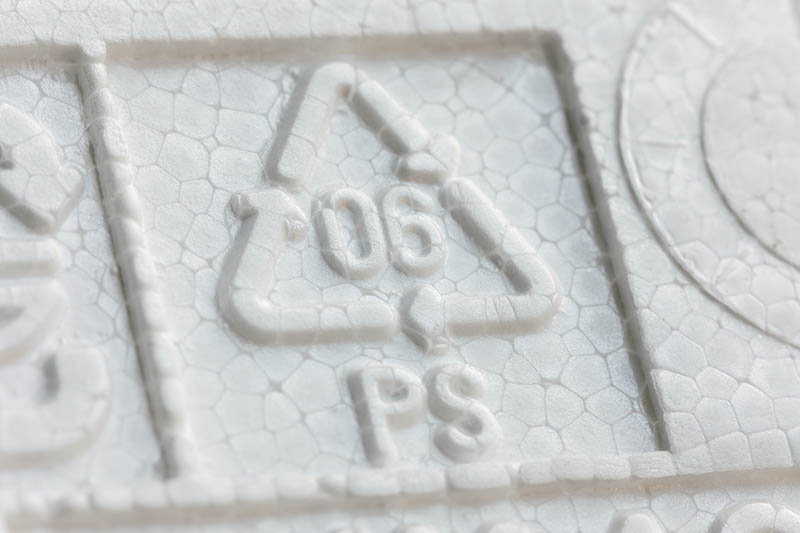
Despite its fancy name, polystyrene is likely a part of your life almost every day. It’s manufactured in a rigid plastic, film, and a solid form, with Styrofoam being the most well-known. Polystyrene is derived from petroleum and has been a part of our culture since the 1940s. Difficult and expensive to recycle—and potentially carcinogenic to produce—disposable polystyrene has been catching a lot of flak in recent years. Scotland actually banned the use of disposable polystyrene food products earlier this year. For now, however, most of the United States still allows for it to be used in food packaging, shipping, home decor, insulation, and much more. Here’s where you might see polystyrene most commonly used in your everyday life.
 The 7 Polystyrene Uses
The 7 Polystyrene Uses
1. Food Packaging
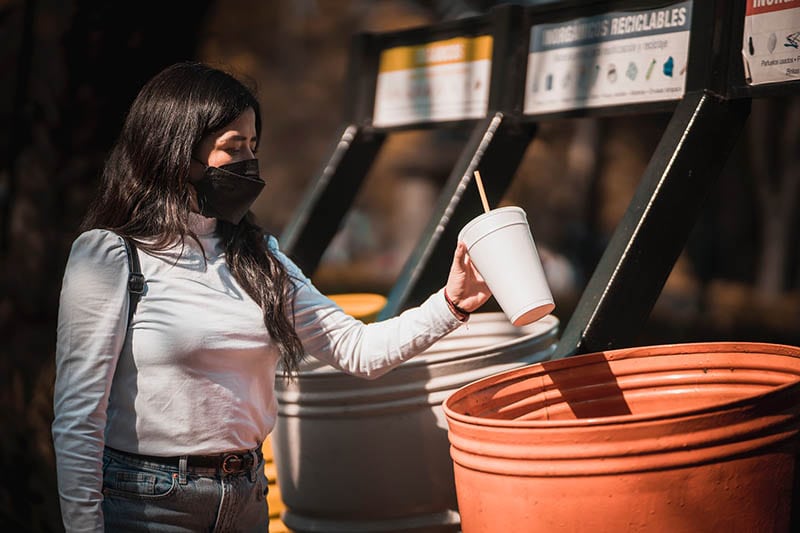
- Egg cartons, single-use Styrofoam cups, meat trays
Since polystyrene is a sterile medium, some food manufacturers prefer to use it as a safe way to transport their products to the store. If you like to order a cup of coffee or soda to go, you’ll likely be given a Styrofoam cup to take with you, although some places are switching to paper or recycled plastic instead. In certain parts of the country, such as New York, single-use Styrofoam has been banned for food use.
2. Shipping
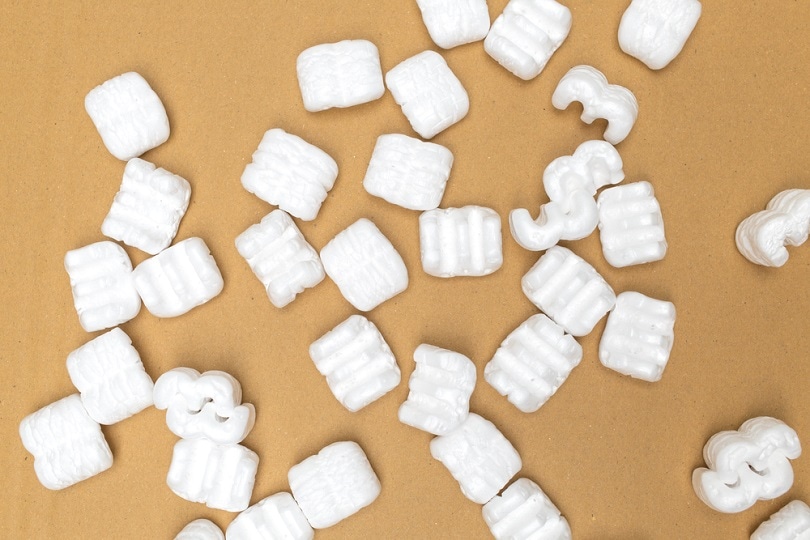
- Packing peanuts, product packaging
Do you remember playing with packing peanuts when your parents would order a package in the days before Amazon? Those treasured foam nuggets were an example of polystyrene foam. Nowadays, you still will probably encounter the molded variety when you buy something fragile from the store, such as dishes. Styrofoam is lightweight and fluffy, characteristics that make it ideal for packing.
3. Crafts
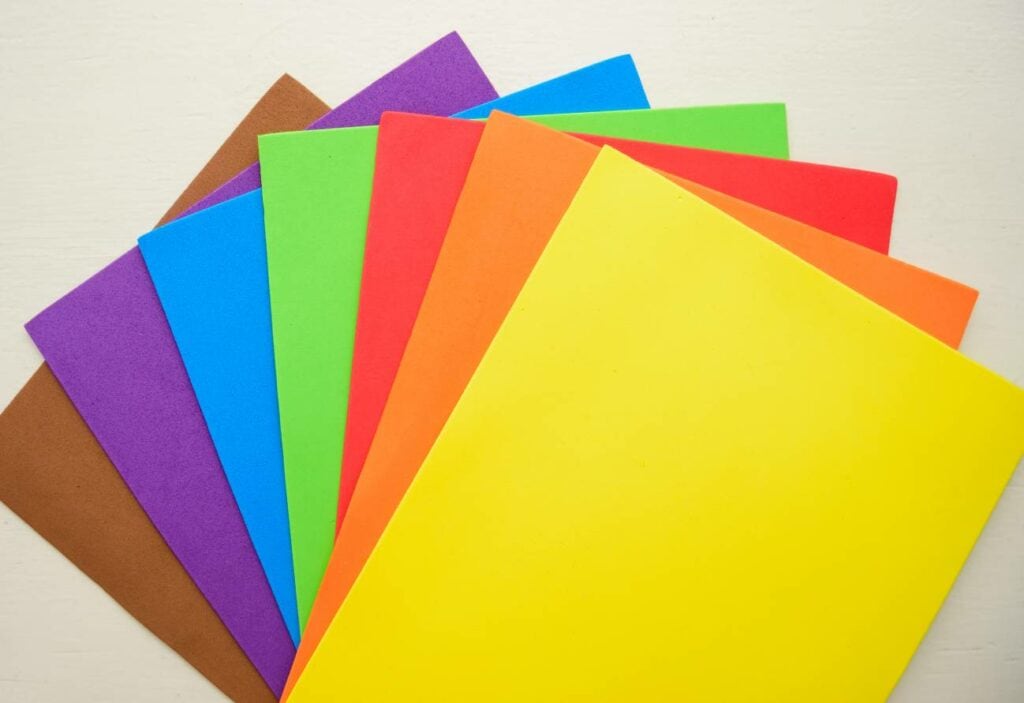
- Craft foam, floral arrangements
This type of solid foam is typically green. It comes in thick wedges which you can poke flower stems through to keep them upright or insert flowers into to create sculptures. You can also carve this type of foam relatively well. Since polystyrene foam is challenging to recycle in the traditional sense, many creative thinkers are now using it as a project material. It may be part of the art itself or might be repurposed as a tool to help the project come along, such as reusing a meat tray for a paint tray after it’s been thoroughly washed.
4. Insulating Cooler
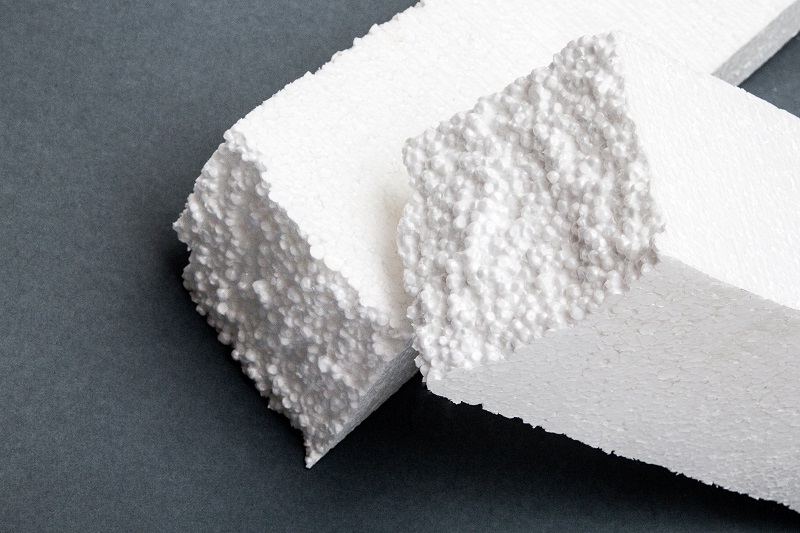
- Shipping cooler, small ice chest, bait container for fishing
Polystyrene foam is fairly water-resistant, which means it won’t leak, and will float by itself. It also holds cold temperatures well, so it’s commonly used as a means of transporting drinks or bait for fishing trips or other outdoor excursions.
5. Insulation
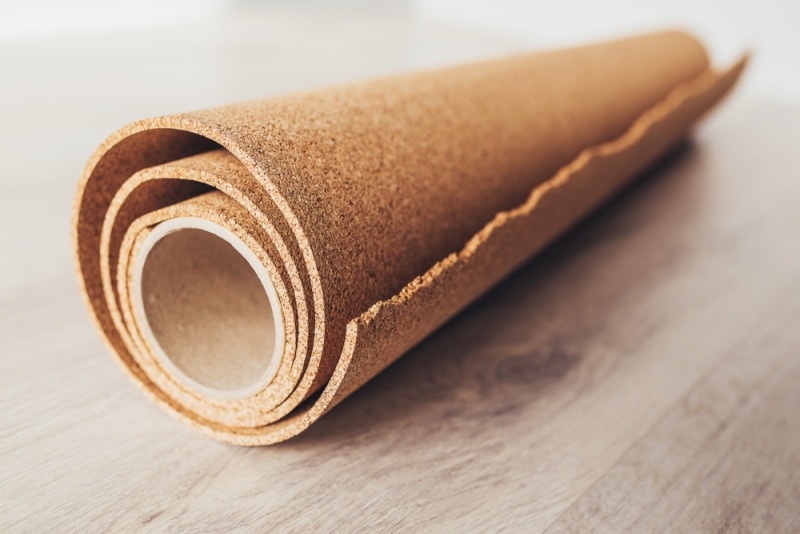
- Insulation sheets in between walls
Since polystyrene is an efficient thermoregulator, it shouldn’t be surprising that it’s commonly installed in sheets in between walls and ceilings. It’s also usually included as part of the insulation in appliances such as ovens and refrigerators. Polystyrene is also used in outdoor faucet covers to protect them from freezing temperatures.
6. Appliances and Electronics
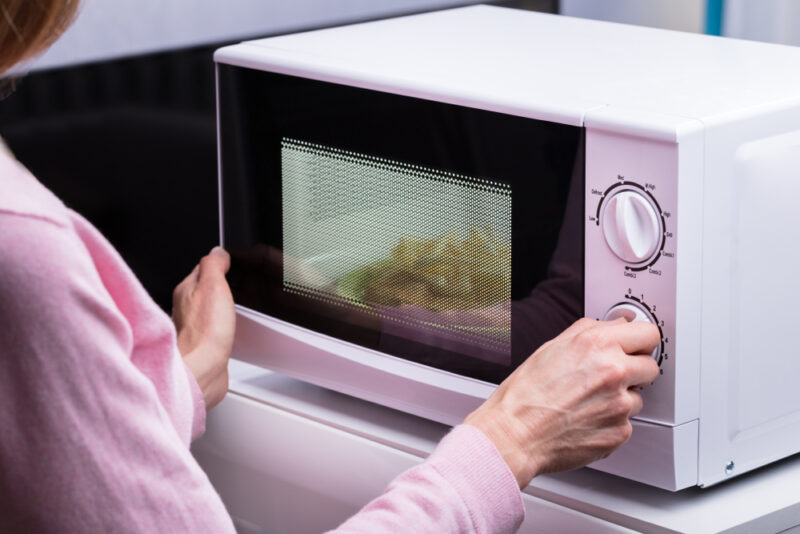
- Laptops, microwaves, air conditioners
The internal parts of electronic devices are often crafted out of the solid form of polystyrene. Popular in appliances, polystyrene is a choice material because it doesn’t react easily with other chemicals, although it’s highly flammable.
7. Automobile Parts

- Trim, door panels
Foam is excellent at absorbing shock, which makes it a good material for soaking up sound waves or being used in high impact areas like fenders and radio knobs.
Ecological Concerns About Using Polystyrene
Even though it’s included in countless household materials, we still don’t know much for certain about the safety of polystyrene. While it’s regulated for food use by the FDA and recommended because of its sterile nature, it’s certainly not eco-friendly and there have been questions raised on whether it’s safe for use in food material because of the risk of styrene leaching into what we eat.
Styrene is the liquid chemical form of polystyrene. It’s involved in the process of manufacturing polystyrenes, as well as synthetic rubber. The Department of Health and Human Services says styrene is “likely to be carcinogenic,” which obviously raises some cause for concern since it’s a part of building so many materials we use every day. The FDA tests Styrofoam that’s made for food usage to ensure that it doesn’t contain more than the allowed amount of styrenes, but that still doesn’t mean Styrofoam is a healthy choice.
In addition to likely not being a health-conscious choice for humans, polystyrene is difficult to recycle and takes thousands of years to decompose. Most local recycling centers reject polystyrene because they actually lose money in the attempt to recycle the material. What’s more, polystyrene originates from petroleum, which is already a limited resource.
What You Can Use Instead
If you’re looking to can the polystyrene as much as possible, consider these alternatives when you’re going about your day-to-day business:
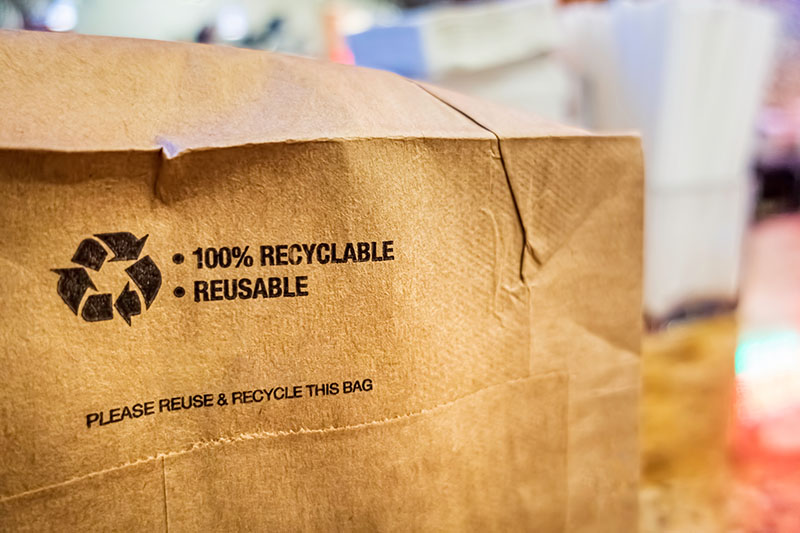
1. When shipping, pack fragile materials with brown paper grocery bags instead.
If you’re still stuck on paper bags, you can employ them to make sure your package arrives safely. You can also use old newspapers for the same task.
2. Find an eco-friendly cooler.
If you’re looking for something to help you with a big haul for the long haul, it’s worth investing in a recycled plastic, hard cooler that’ll last for years. Looking for something disposable but not quite so bad for the environment? Try a recycled fiber cooler in place of Styrofoam.
3. Buy food with recyclable packaging.
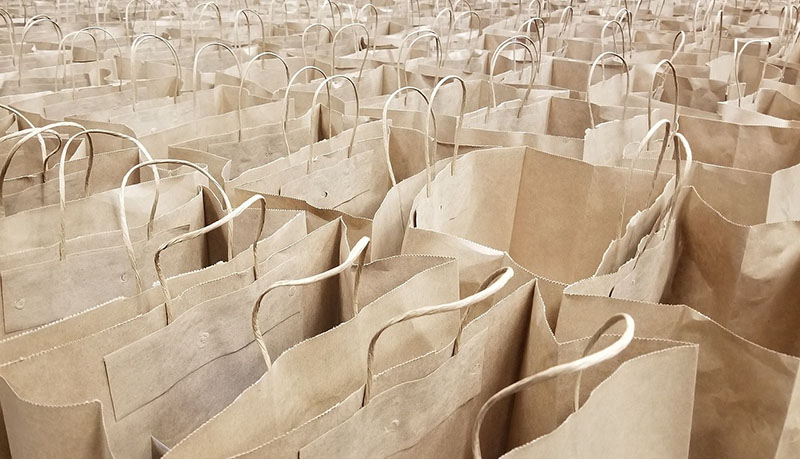
Not all egg cartons are made out of polystyrene. Some are crafted from cardboard or recyclable plastic. Most times, organic food tends to be contained in more eco-conscious packaging, but not always.
4. Reuse what you have.
If a package you order arrives with packing peanuts, don’t throw them away. Toss them in a box with the kids’ gifts at Christmas as a fun way to wrap presents. Just don’t be surprised if they start playing with the Styrofoam instead of their shiny new toy (which, admittedly, probably also contains a form of polystyrene).
5. Keep the Styrofoam coolers you have.
Even if they’re designed to be disposable, Styrofoam coolers can be used many times, especially if you wash them. You might store one in the back of your car for unexpected grocery runs.
6. Take a reusable cup to the cafe.
Instead of drinking coffee out of a disposable plastic, paper, or Styrofoam cup, ask if you can bring your own. Some coffee shops won’t allow this due to sanitary practices following COVID-19, but others will warmly welcome your environmental activism and may even offer you a discount. Of course, if you have time to sit and stay a while, you can ask your local coffee shop if they’ll serve your coffee in a mug to savor in store.
 Conclusion
Conclusion
You’ll find polystyrene in many household products that you use every day. It’s in your walls, under your keyboard, and holding the takeout that’s waiting for you at the restaurant. While the FDA regulates Styrofoam and other polystyrenes to make sure it doesn’t exceed the allowed amount of styrenes, we still don’t know exactly how safe it is. In some circumstances, its sterile nature renders it a more appropriate choice, such as for use in hospitals. However, it’s also a probable carcinogen.
Polystyrene is certainly bad for the environment since it’s made from petroleum, it’s difficult to recycle, and it takes thousands of years to decompose. Since it’s included in so many things, you probably can’t completely break away from polystyrene, but you might consider replacing it or reusing it as much as you can.
- https://www.zerowastescotland.org.uk/single-use-plastics/regulations
- https://materialshub.com/material/polystyrene/
- https://www.sciencedirect.com/topics/chemical-engineering/polystyrene
- https://cehn.org/our-work/eco-healthy-child-care/ehcc-faqs/faqs-styrofoam/
- https://ntp.niehs.nih.gov/ntp/roc/content/profiles/styrene.pdf
- https://www.sciencehistory.org/distillations/styrofoam-a-practical-and-problematic-creation
- https://get-green-now.com/reuse-styrofoam/
- https://www.chemicalsafetyfacts.org/chemicals/polystyrene/
- https://www.cdc.gov/niosh/topics/styrene/default.html
Featured Image Credit: Daniel Fung, Shutterstock
Contents
 The 7 Polystyrene Uses
The 7 Polystyrene Uses